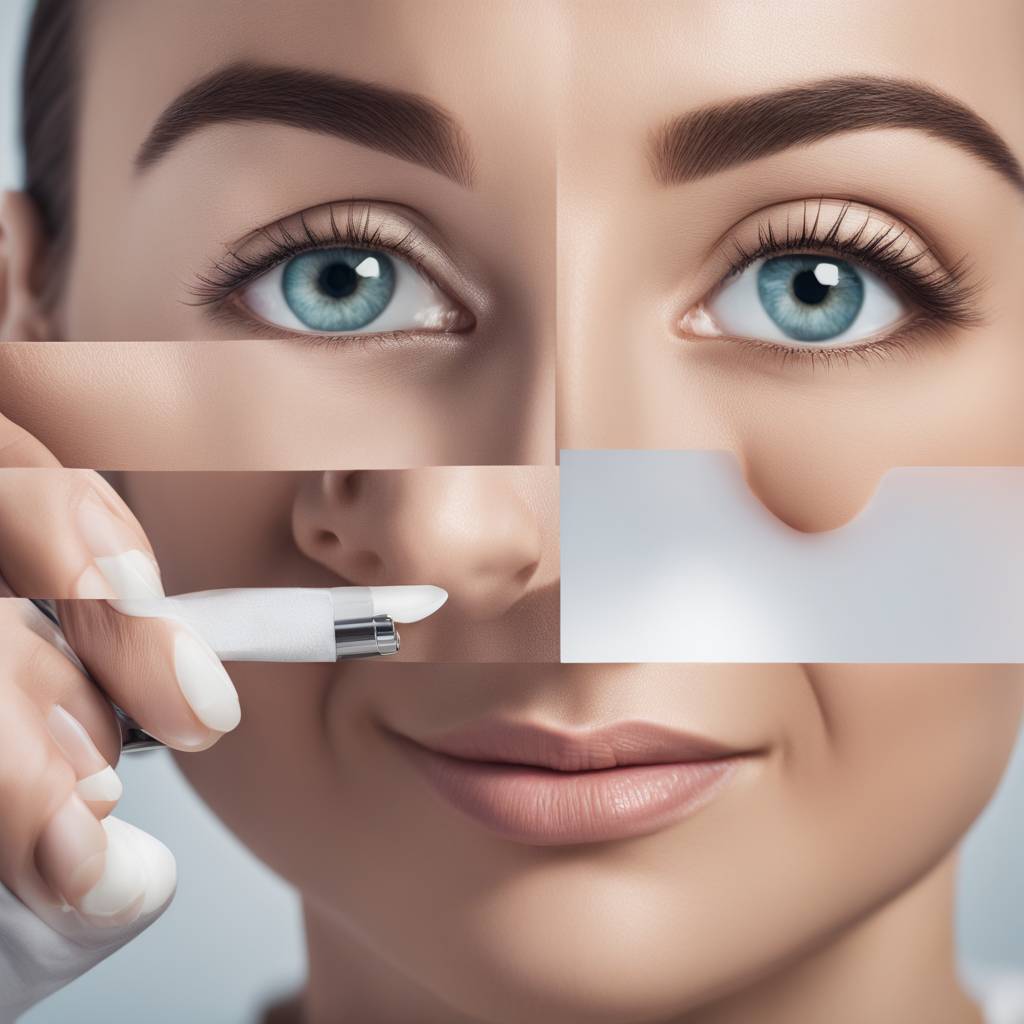The market for dermal fillers is on the rise as more people seek minimally invasive cosmetic procedures to enhance their appearance. While these procedures are generally safe, there is a growing concern about patients with body dysmorphic disorder (BDD) seeking cosmetic interventions. BDD is a serious psychiatric condition characterized by an obsession with perceived physical defects, and those affected often seek unnecessary cosmetic procedures as a solution to their distress.
Dermal fillers offer a non-invasive option for addressing various aesthetic concerns, such as wrinkles, volume loss, and sagging skin. Popular fillers containing hyaluronic acid are commonly used to enhance lip volume and restore a youthful appearance. However, like all medical interventions, there are risks associated with these procedures, including allergic reactions, infection, and potential adverse effects on the skin.
Individuals with BDD often turn to cosmetic treatments as a way to alleviate their distress, but these interventions do not address the underlying psychological issues. The prevalence of BDD in the adult population is estimated to be around 2%, and those affected are more likely to seek cosmetic procedures at a higher rate compared to the general population. It is crucial to identify and properly diagnose individuals with BDD to ensure they receive the appropriate psychiatric care they need.
The cosmetics industry has faced criticism for its promotional activities, prompting calls for ethical practices such as standardized training for practitioners, mandatory safety regulation for products, age limits for certain procedures, and restrictions on marketing practices. In cases where individuals with possible BDD seek cosmetic procedures, medical professionals are advised to carefully evaluate the risks and benefits on a case-by-case basis and consider referral to mental health services instead.
Treatment options for BDD include a combination of behavioral and pharmacotherapy, but the emphasis should be on addressing the underlying mental health issues rather than solely focusing on cosmetic interventions. Individuals with BDD may not be able to make informed decisions about cosmetic procedures, as the disorder can impair their decision-making capacity. Practitioners are encouraged to adopt a precautionary approach and avoid cosmetic interventions for those suspected of having BDD, prioritizing referral to mental health services instead.
In conclusion, the rising demand for cosmetic procedures has highlighted the ethical challenges posed by patients with BDD seeking enhancements to alter their appearance. It is important for medical professionals to be aware of the signs of BDD and to approach these cases with caution, prioritizing the mental well-being of the patient over cosmetic interventions. By taking a comprehensive and patient-centered approach, practitioners can help ensure the safety and well-being of individuals seeking aesthetic treatments.













